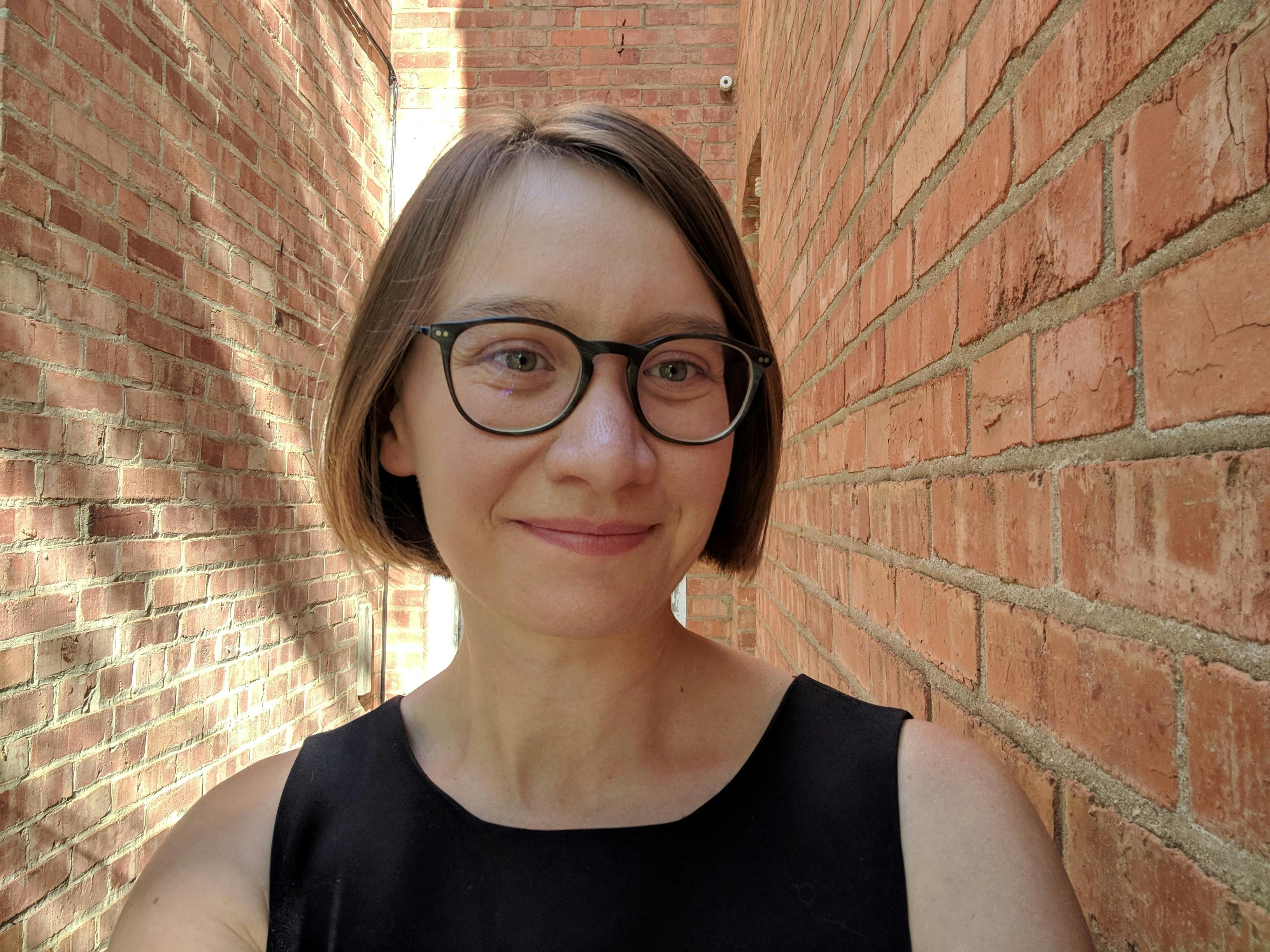Palliser Park Upgrades
This is a public page for the 150 or so houses that surround Palliser Park.

The actions we hope to take together
Read through the materials on this page to fully inform yourself about the project
Use the tools below to engage in discussion with one another
Show up online and in person to build a park we believe in
Appreciate the need for compromise to move forward as a community
Agree to engage in a constructive way

We will be evaluating our engagement process. We are open to feedback along the way as we work through this together. You may email participate@medicinehat.ca with any comments or concerns.
What we have done
The project team has invited residents to provide input on an early-stage conceptual design through this online portal and in-person at the open house throughout September 2024. Feedback gathered at this stage was on the first conceptual drawing for this project (found here and here). Importantly, there are no plans to change the playground, basketball court/ice rink, or remove any of the existing trees.
A summary of feedback from the first stage of engagement, including common themes, can be found in our What We Heard report for the first stage of this engagement project.
A review of the second draft of the conceptual drawing was completed by the neighbourhood in mid-December 2024. A report of the survey results gauging support for the second conceptual drawing can be found here.
See how the concept has evolved over time through your feedback!

Where we are now: the final design
The trail, trees, basketball court/seasonal skating rink, and amenity changes were largely supported by the community. However, 41% of respondents were unhappy with the remaining naturalized area.
We also received 32 written comments from area residents, 15 of which were against the naturalized section in the southeast corner of the park.
Therefore, the previous round of feedback triggered a switch from a naturalized/native grass mix to a fescue blend, which can be maintained at a lower height, and the removal or relocation of some shrubs.
The changes made for the final design (below) focused on finding a suitable alternative to the remaining naturalized area that would still contribute to an overall long-term reduction in water usage.
The Request for Proposal (RFP) posting for this project has gone out to ensure timely construction for this project.

Why are we doing this
The exciting bit about this is that your beloved neighborhood park is about to receive some necessary and fun improvements.
These goals make up our upgrade philosophy for parks around the city:
- fiscal responsibility,
- reducing water usage,
- reducing regular maintenance requirements,
- increasing park utilization,
- and improving accessibility.
Following those goals, the project breaks down into aims
👩🦽 – A trail system with accessible curbs
⛱️ – Installing a shade structure and seating area
💧 – Upgraded irrigation systems
🌳 – Landscaping options that add to the green space and reduce water consumption
🏓 – Enhanced user experience with fun, new options for activities
What exactly do you have the power to influence
Your feedback will help us to deliver a park that provides the best balance between our commitment to responsible stewardship and your vision of the park as the primary users.
Reduced water usage is one of our primary goals which will be achieved by installing a more efficient irrigation system as well as the incorporation of native plantings in the naturalized areas. Your feedback will help us to make a more informed decision on where to place these naturalized areas based on how you see the park being used.
Options for activities you would like to see in the park
Layout and location of the seating area
Size of the open spaces for play
Location of the trail which will provide an accessible route to the new seating area










